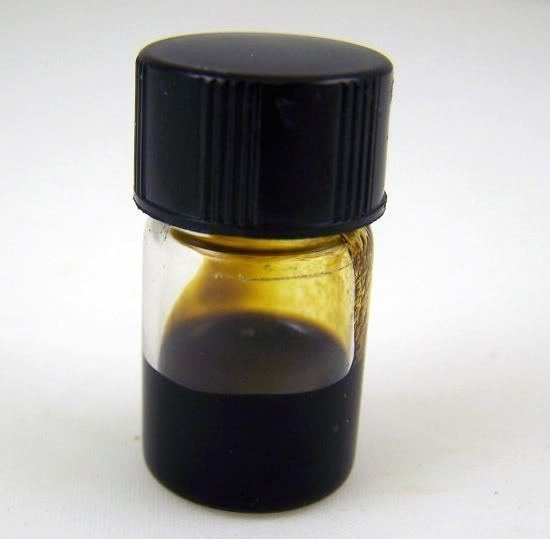 | ||
Hash oil is an oleoresin obtained by the extraction of marijuana and/or hashish.
Contents
Supernatural hash oil joint
Composition
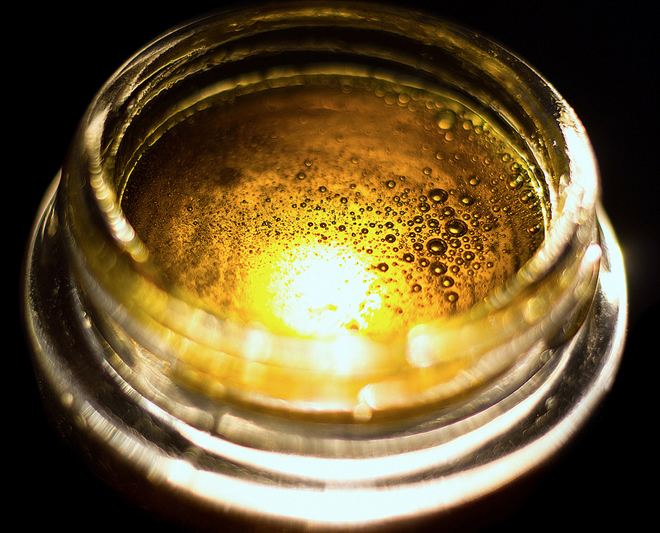
The tetrahydrocannabinol (THC) content of hash oil varies tremendously, since the manufacturers use a varying assortment of marijuana plants and preparation techniques. Dealers sometimes cut hash oils with other oils.

Hash oils seized in the 1970s had a THC contents ranging from 10 to 30%. The oil available on the U.S. West Coast in 1974 averaged about 15% THC. Samples seized across the United States by the Drug Enforcement Administration over an 18-year period (1980–1997) showed that THC content in hashish and hashish oil averaging 12.9% and 17.4%, respectively, did not show an increase over time. The highest THC concentrations measured were 52.9% in hashish and 47.0% in hash oil. Hash oils in use in the 2010s had THC concentrations as high as 90% and other products achieving higher concentrations
The following compounds were found in naphtha extracts of Bedrocan Dutch medical cannabis:

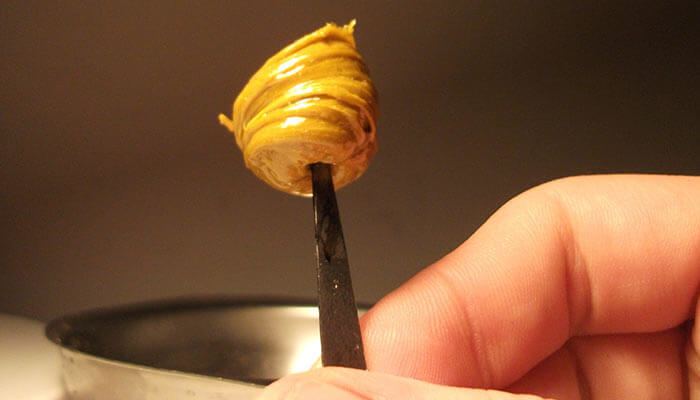
The form of the extract varies depending on the process used; it may be liquid, a clear amber solid (called “shatter"), a sticky semisolid substance (called "wax"), or a brittle, honeycombed solid (called "honeycomb wax").
Use
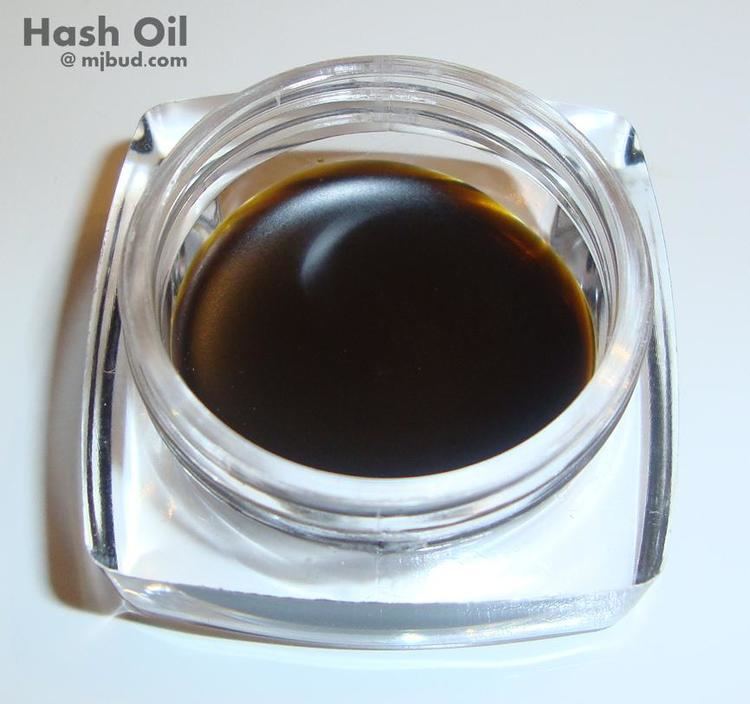
Hash oil is consumed usually by smoking, ingestion, or vaporization. Smoking or vaporizing hash oil is known colloquially as "dabbing", from the English verb to daub (Dutch dabben, French dauber), "to smear with something adhesive". Dabbing devices include special kinds of water pipes ("oil rigs"), and vaporizers similar in design to electronic cigarettes. Some users call their apparatus an “oil rig” that includes a glass water pipe and a hollow metal tube (called a "nail"), with an indentation on the side which is sometimes covered with a dome. The pipe is often heated with a blowtorch rather than a cigarette lighter.
Production
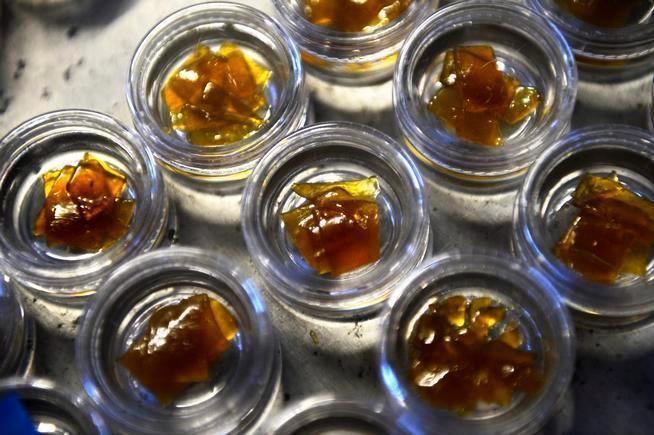
Hash oil is produced by solvent extraction (maceration, infusion or percolation) of marijuana and/or hashish. After filtering and evaporating the solvent, a sticky resinous dank liquid with a strong herbal odor (remarkably different from the peculiar odor of hemp) remains.
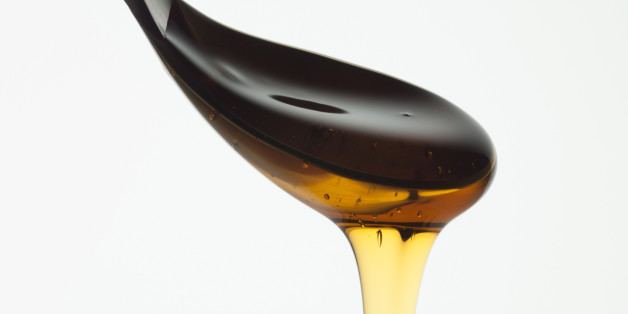
Fresh, undried plant material is less suited for hash oil production, because much THC and CBD will be present in their carboxylic acid forms (THCA and CBDA), which may not be highly soluble in some solvents. The acids are decarboxylated during drying and heating (smoking). Fresh, undried plant material is best suited for concrete production.
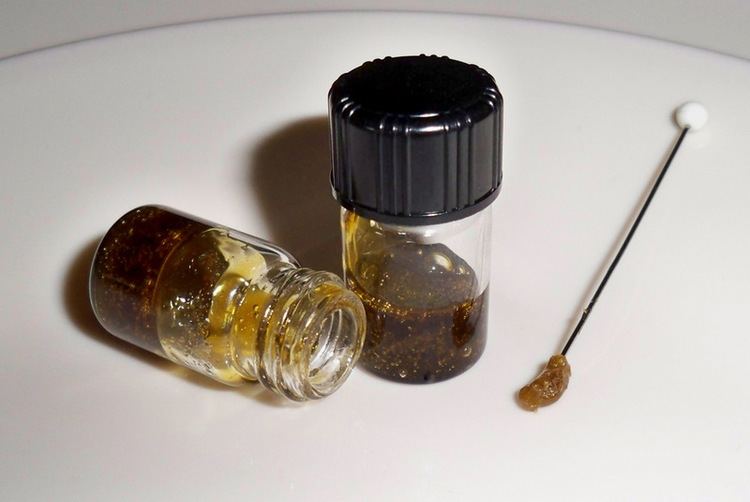
A wide variety of solvents can be used for extraction, such as chloroform, dichloromethane, petroleum ether, naphtha, benzene, butane, methanol, ethanol, isopropanol, and olive oil. Currently, resinoids are often obtained by extraction with supercritical carbon dioxide. The alcohols extract undesirable water-soluble substances such as chlorophylls and sugars (which can be removed later by washing with water). Non-polar solvents such as benzene, chloroform and petroleum ether will not extract the water-soluble constituents of marijuana or hashish, and will yield a somewhat more potent oil as a result. In general, non-polar cannabis extracts taste much better than polar extracts. Alkali washing further improves the odor and taste.

The oil may be further refined by 1) alkali washing, or removing the heavy aromatic carboxylic acids with antibiotic properties, which may cause heartburn, gallbladder and pancreas irritation, and resistance to hemp antibiotics; 2) conversion of CBD to THC. Process 1) consists of dissolving the oil in a nonpolar solvent such as petroleum ether, repeatedly washing (saponifying) with a base such as sodium carbonate solution until the yellow residue disappears from the watery phase, decanting, and washing with water to remove the base and the saponified components (and evaporating the solvents). This process reduces the oil yield, but the resulting oil is less acidic, easier digestible and much more potent (almost pure THC). Process 2) consists of dissolving the oil in a suitable solvent such as absolute ethanol containing 0.05% hydrochloric acid, and boiling the mixture for 2 hours.
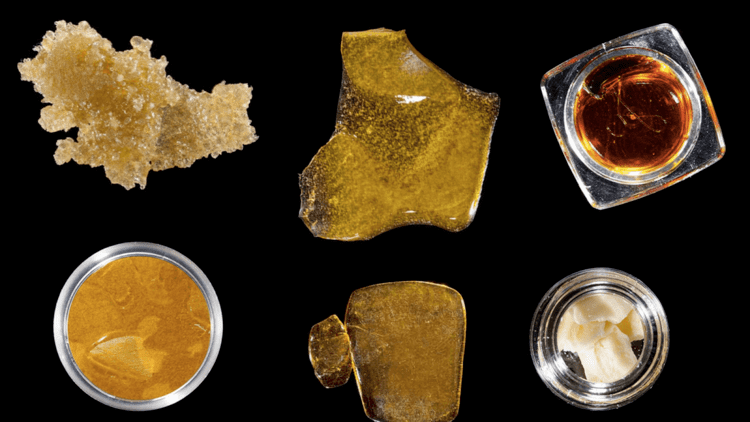
One pound of marijuana yields from 1/5 to 1/10 of a pound of hash oil. The oil may retain considerable residual solvent: oil extracted with longer-chain volatile hydrocarbons (such as naphtha) is less viscous (thinner) than oil extracted with short-chain hydrocarbons (such as butane).

Colored impurities from the oil can be removed by adding activated charcoal to about one third to one half the weight or volume of the solvent containing the dissolved oil, mixing well, filtering, and evaporating the solvent. When decolorizing fatty oils, oil retention can be up to 50 wt % on bleaching earths and nearly 100 wt % on activated charcoal.
Use
As of 2015 the health effects of using hash oil were poorly researched.
Production
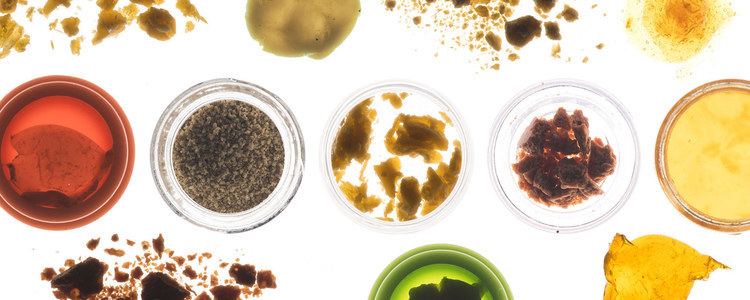
Most of the solvents employed are flammable, making the extraction process dangerous. Several explosion and fire incidents related to hash oil manufacturing attempts in homes have been reported.
Solvents used to extract THC are flammable and/or combustible and have resulted in explosions, fires, severe injuries, and deaths.
Handling
The LD50 for THC (Delta 9 Tetrahydrocannabinol) is not exactly known. Hash oil can contain up to 80% THC (wash with alkali) though up to 99% with other methods of extraction. While health issues of the lungs may be exacerbated by use of Hash oil, it is not known to cause side effects not already found in other preparations of Cannabis
Hash oil is not very lipophilic and it may however ooze through and swell common glove materials such as natural rubber, except maybe polar materials such as cellulose film, neoprene and nitrile rubber.
Storage
Hash oil should be stored in airtight containers and protected from light. When exposed to air, warmth and light (especially without antioxidants), the oil loses its taste and psychoactivity due to aging. Cannabinoid carboxylic acids (THCA, CBDA, and maybe others) have an antibiotic effect on gram-positive bacteria such as (penicillin-resistant) Staphylococcus aureus, but gram-negative bacteria such as Escherichia coli are unaffected.
